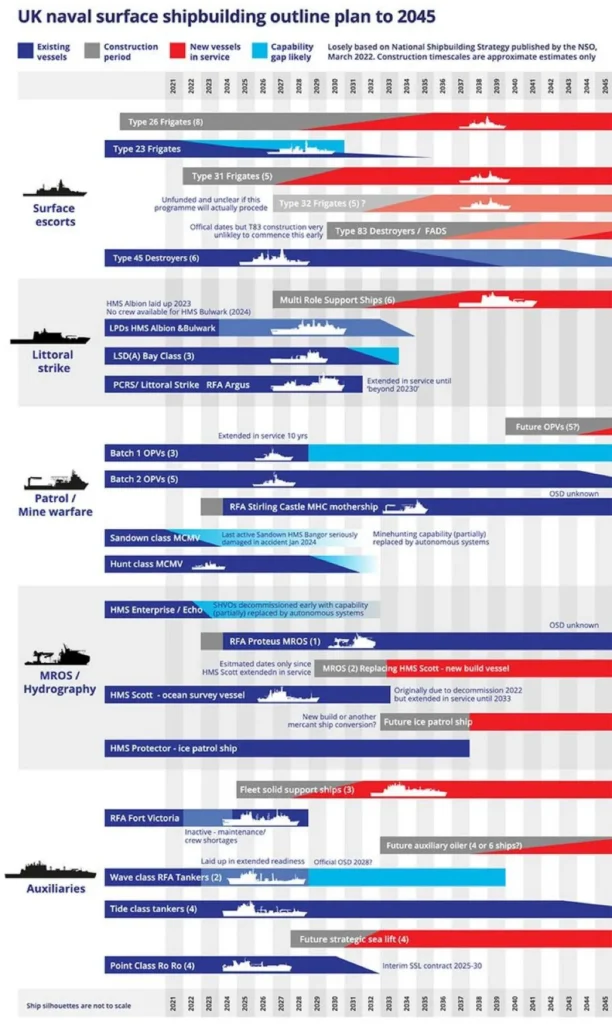The UK’s Ministry of Defence has doubled down on its “always on” shipbuilding vision, promising a steady pipeline of work to keep British yards humming. Defence Minister Luke Pollard’s recent parliamentary response reaffirms a commitment first outlined in the Strategic Defence Review 2025, but this time with added teeth—a forthcoming action plan to turn ambition into reality.
This isn’t just about keeping shipyards busy. It’s about rewiring the entire industry. The “always on” model is designed to end the boom-and-bust cycles that have plagued British naval construction for decades. Instead of lurching between frantic production spikes and crippling downturns, the goal is a sustainable rhythm—steady work, continuous innovation, and a supply chain that doesn’t have to reinvent itself every time a new contract lands.
Pollard’s statement echoes the earlier words of former Defence Procurement Minister Graeme Downie, who in June highlighted the government’s plan to leverage public procurement and export opportunities to sustain the industry. But now, with the Defence Industrial Strategy (DIS) in play, the stakes are higher. The DIS doesn’t just nod to shipbuilding as a nice-to-have—it positions it as a cornerstone of national security and economic growth.
The real test will come with the forthcoming shipbuilding and maritime technology action plan. This document, still in the works, will lay out the roadmap for maintaining production continuity, strengthening domestic supply chains, and ensuring the UK can meet both Royal Navy demands and global export opportunities. The devil will be in the details—how contracts are structured, how risk is shared, and how innovation is incentivised.
For British shipyards, this could mean the end of the feast-or-famine existence. For suppliers, it could mean a more predictable flow of business. For the Royal Navy, it could mean faster, more reliable deliveries. And for the UK’s maritime tech sector, it could open doors to new collaborations and export markets.
But turning this vision into reality won’t be easy. The industry has deep-rooted challenges—skills shortages, fragmented supply chains, and the need to balance legacy systems with cutting-edge tech. The action plan will need to address these head-on, with concrete measures to support workforce development, digital transformation, and cross-sector collaboration.
The “always on” model isn’t just about keeping the lights on in shipyards. It’s about building a resilient, future-ready industry that can compete on the global stage. If the government follows through, this could be the moment British shipbuilding sheds its cyclical past and embraces a more sustainable future.

